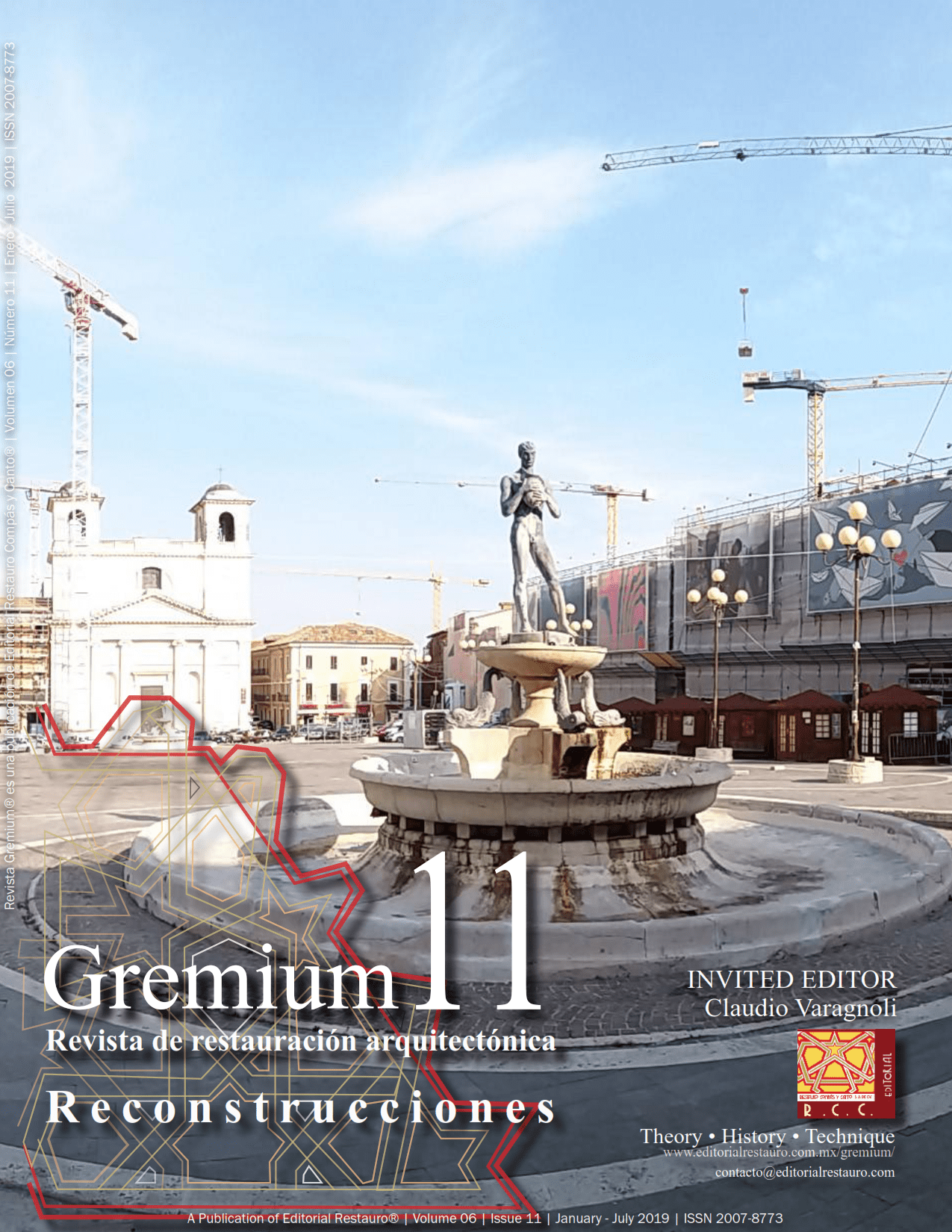De(con)struction / (re)construction : urban scenography in Belgium in the 1960’s
DOI:
https://doi.org/10.56039/rgn11a06Palabras clave:
relocated buildings, authenticity, urban renovation, façadismResumen
In the decades following the second world war, the Belgian cities of Brussels and Liège, which didn’t suffer from any large-scale destruction during the conflict, are subjected to modernistic urban policies leading to the disappearance of whole sections of their traditional urban fabric. Helped by private agencies, cities’ administrations develop ambitious plans aiming to update their built environment and road system, in order to answer the needs of motorised traffic and modern lifestyle. This paper focuses on a practice developed in parallel to this prevailing tendency: under the direction of the city architects Jean Rombaux (Brussels) and Jean Francotte (Liège), some fragments of ancient buildings to be demolished are carefully dismantled and stored, with the aim of being reassembled in order to recreate fragments of idealised traditional townscapes. Through the examples of the Lombard-Violette and Saint-Georges blocks, respectively in the city centres of Brussels and Liège, this paper addresses the reasons behind the operations and the successive projects, and discusses the status of the results.
Descargas
Publicado
Número
Sección
Licencia

Esta obra está bajo una licencia internacional Creative Commons Atribución-NoComercial-CompartirIgual 4.0.























